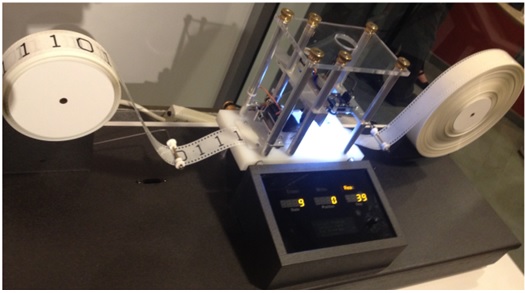Quality Scores for Next-Generation Sequencing
A next-generation sequencing experiment consists of a series of discrete steps that uniquely contribute to the overall quality of a data set. Sequencing quality metrics can provide important information about the accuracy of each step in this process, including library preparation, base calling, read alignment, and variant calling. Base calling accuracy, measured by the Phred quality score (Q score), is the most common metric used to assess the accuracy of a sequencing platform. It indicates the probability that a given base is called incorrectly by the sequencer. Historically used to determine [1] Sanger sequencing accuracy, Phred originated as an algorithmic approach that considered Sanger sequencing metrics, such as peak resolution and shape, and linked them to known sequence accuracy through large multivariate lookup tables. This method proved to be highly accurate1 across a range of sequencing chemistries and instruments, making it the quality scoring standard for commercial sequencing technologies.
A Q score is a measurement of consumer familiarity with a particular brand, combined with the consumer response to that brand. In order for a brand to receive a high score, people must both like a brand and be familiar with it. In a related concept known as the emotional bonding Q score, researchers look at the level of devotion people demonstrate towards a particular brand, looking at brand loyalty as another facet of the interactions between consumers and brands figure 1 shown below.

Figure 1. Quality Scores
IQ scores expressed in percentiles
IQ test scores are often expressed in percentiles, which is not the same as percentage scores, and a common reason for the misunderstanding of IQ test scores. A percentage refers to the number of items that [2] a person answers correctly compared to the total number of items presented. If a person answers 25 questions correctly on a 50 question test he would earn a percentage score of 50. If he answers 40 questions on the same test his percentage score would be 80. Percentile, however, refers to the number of other test takers’ scores that an individual’s score equals or exceeds. If a person answered 25 questions and did better than 50% of the people taking the test, he would score at the 50th percentile. However, if he answered 40 questions on the 50-item test and everyone else answered more than he did, he would fall at a very low percentile — even though he answered 80% of the questions correctly.
On most standardized tests, an IQ of 100 is at the 50th percentile. Most of our IQ tests are standardized with a mean score of 100 and a standard deviation of 15
The Q Score (popularly known as Q-Rating) is a measurement of the familiarity and appeal of a brand, celebrity, company, or entertainment product (e.g., television show) used in the United States. The higher the Q Score, the more highly regarded the item or person is, among those who are aware of the subject.
The Q-Score
The public's familiarity and positive opinion of a product can be measured using something called the Q-Score. The Q-Score has been used for over 50 years in marketing. It is calculated by asking two simple questions.
First, a respondent is asked if they have heard of the product - a simple yes or no question. By calculating the percentage of people that answer 'yes,' you get the familiarity score. Second, if someone answers 'yes,' they are asked if they would rate the product poor, fair, good, very good, or one of their [3] favorites. Calculating the percentage of people that have heard of the product that also consider it one of their favorites gives you the popularity score of that product.
To calculate the Q-Score, you just multiple the familiarity score by the popularity score. Let's walk through an example to illustrate this math.
The job of marketing professionals is to take a product and make it popular with some defined group of potential customers. In this lesson, it is important to note that the term product can refer to a number of different things a marketer is working with - an actual product or brand, a celebrity, a movie, or anything else with a reputation that can be improved.
References:
- https://www.illumina.com/.../products/technotes/technote_Q-Scores
- https://www.brainmetrix.com/iq-scale
- https://study.com/academy/lesson/what-is-q-score-definition-research.html
Cite this article:
S. Nandhinidwaraka (2021) Quality Scores for Next-Generation Sequencing, AnaTechMaz, pp.6















